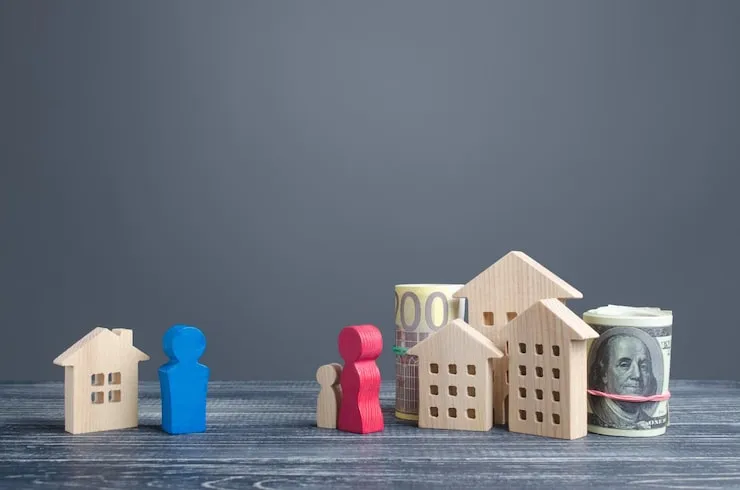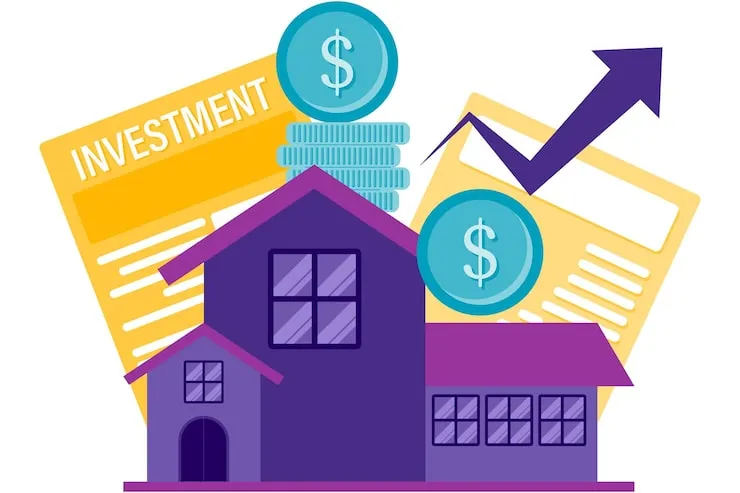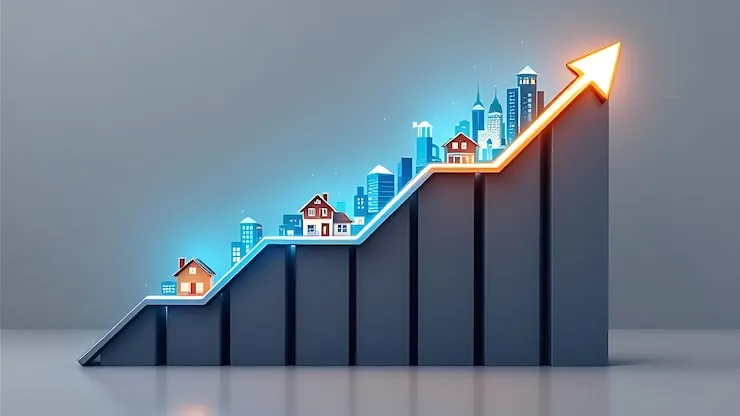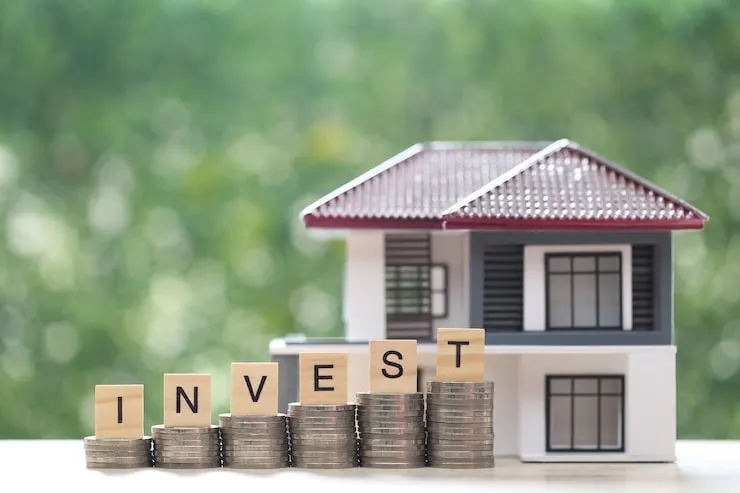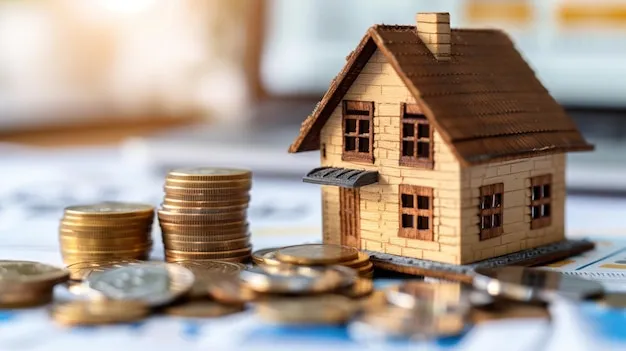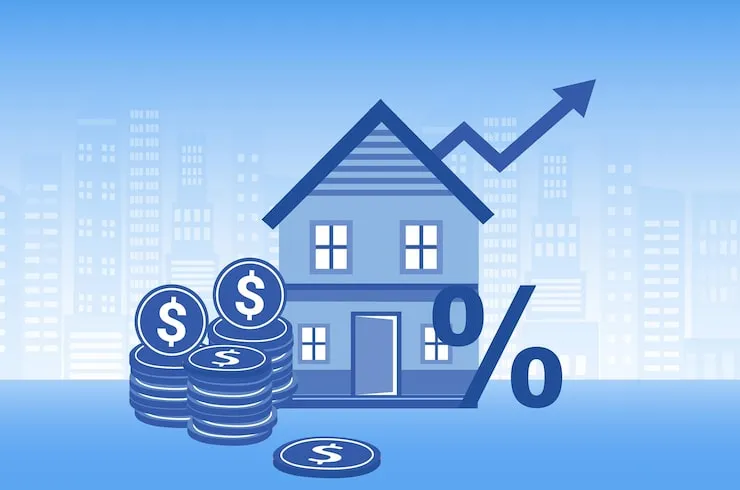Kerala isn’t known for loud growth. It doesn’t shout with steel and glass. But walk through the streets of Kochi or take a turn near the bypass roads in Kozhikode, and you’ll feel it. Not in the noise. But in the skyline. The houses are different now. So are the shops.
What once stood as tiled-roof bungalows and old-style tea shops now share space with tall flats, co-working cafes, smart clinics, and homes built for people who want less space—but more value. The state’s property market isn’t exploding. It’s shifting. Slowly, city by city. District by district. A new style of building is emerging—not just with bricks, but with purpose.
Houses Aren’t Built the Old Way Anymore
Once, people here built for life. Large houses. Big verandas. Wells, courtyards, thick stone walls. The kind of place where four generations could live under one roof. Now, it’s mostly just two. Or even one. Flats are the new normal. Compact villas, too. Builders talk about 2BHK, 3BHK, carpet area, modular kitchen. Buyers look for lifts, CCTV, generator backup. Nobody wants the burden of managing leaking roofs or sweeping large yards.
The young—especially returnees from abroad—want convenience. A place that works. That doesn’t need repairs every six months. Elderly parents are moving closer to cities, choosing senior-living apartments with care facilities and medical support nearby.
Kochi Sets the Tone
Among all Kerala cities, Kochi stands tallest in terms of growth. And not just literally. The metro rail changed movement. InfoPark and SmartCity brought people. Roads expanded. Suddenly, places like Kakkanad, Edappally, and Vyttila weren’t outskirts anymore. Now, they’re buzzing with construction.
Gated communities, Duplexes, Flats with swimming pools, Rooftop party halls. And, importantly, waste treatment systems and solar panels. But not everyone is buying luxury. Many go for function. A decent 2BHK, safe for kids, not far from work. Parking for one car. A play area. Builders are learning that the extras aren’t as important as the essentials.
Thiruvananthapuram Moves Steady
The capital grows in its own quiet way. Not fast, but firm. Kazhakkoottam and Sreekariyam are filling up. Families working in Technopark want nearby homes. No two-hour commutes. No traffic headaches. Small apartments—1 or 2 bedrooms—are popular. So are mid-range villas in the outskirts.
Here, builders still use Kerala-style touches: sloping roofs, wooden panels. But the wiring inside is smart. The water heating, solar. And the kitchens—modular. Commercially, clinics and coaching centres are replacing old godowns. The city isn’t in a rush. But it knows where it’s going.
Read more:- Loan Against Property In Kerala: A Complete Guide
New Trends in Commercial Spaces
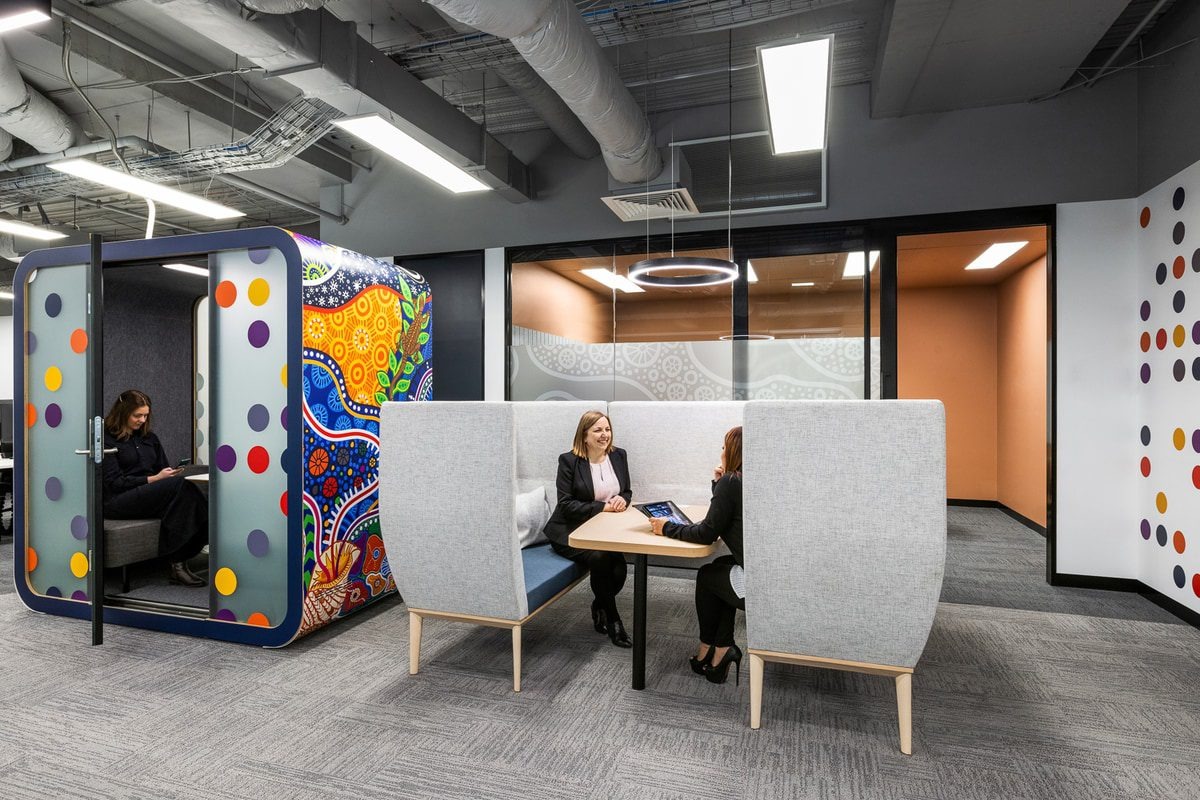
Kerala’s shops and offices are changing shape. The old concept of a single-purpose building is fading. Today, buildings are mixed-use. The first two floors might house a bank or a café, the next ones offices, and the top—residences. That mix brings more footfall. More use.
Less waste of space. Co-working hubs are now common in Kochi. Even in Calicut and Kottayam, you’ll find flexible office zones. Students, therapists, coders—they all use shared spaces now. Clinics are going vertical. Dermatology upstairs. Ortho next floor. Lab at the bottom. Builders offer small units tailored for professionals who don’t want to invest in huge office halls.
Small Cities Joining the Shift
Palakkad, Alappuzha, Kottayam—they were never seen as real estate hubs. But today, they hold promise. Kottayam has educational institutions and hospitals drawing working families. Developers there are offering simple 3BHK flats—built for comfort, not luxury.
Alappuzha is seeing quiet demand from retirees wanting to live close to greenery but with modern facilities. Palakkad’s affordable land rates attract first-time buyers. Small villas. Compact plots. Enough for a garden, a scooter shed, and peace. Builders test the waters with smaller projects. They sell fast. People want practical homes—nothing over the top.
NRIs Think Different Now
Time was, NRIs built mansions. Four-storey homes with imported tiles. Lived in two months. Empty the rest. That idea? Outdated. Today’s NRI buyer is more careful. They ask: Will this house rent well? Can it be maintained while I’m abroad? Is it RERA registered? Builders cater to that. Some offer end-to-end services. From property selection to rent collection. Everything can be monitored on an app. Buyers prefer smaller homes in cities. Near airports. With good resale value. Flats that don’t need constant checking.
Rental Culture on the Rise

Not everyone wants to own. Renting is becoming a lifestyle, especially for the younger crowd. Students, IT workers, Traveling professionals, Even newlyweds. They prefer ready-to-move-in flats. Furnished, if possible. Good internet. Functional kitchen. One bedroom is enough.
Co-living spaces have popped up. Shared kitchens. Private rooms. Common lounges. These are popular in Kochi and Thiruvananthapuram. They’re cheaper. More flexible. Builders are adapting. Some entire buildings are made just for rental income—easy to manage, steady returns.
Green Buildings Gaining Ground
After the 2018 floods, and repeated summer droughts, people began asking—Is this place safe? Does it flood? Can I store water? And so, sustainability became more than a word. It became a feature. Rainwater harvesting. Biogas units. Solar streetlights. Compost pits.
These are part of project brochures now. In Kochi, many buildings install rooftop solar panels—not just to save power, but to attract smarter buyers. In Calicut, you’ll see layouts with tree zones and bio fences. Being green is no longer an option. It’s expected.
Challenges Still Exist
Of course, everything isn’t perfect. Some builders delay delivery. Titles on older land still cause legal headaches. Drainage is a mess in some growing suburbs. Prices have jumped in prime areas, pushing middle-class buyers to outer zones. Affordable housing is still a gap. Especially near cities. But people are learning to ask questions. They check papers. They avoid shortcuts. That pressure is making builders more accountable.
A New Way of Living is Taking Shape
Kerala’s real estate market is no longer just about square feet. It’s about useful space. About real lives. Smaller homes. Smarter layouts. Shops that serve many. Offices that flex. Roads that connect. Cities that grow gently, with care. The old way of building for show is gone. What’s coming up now is more real. More rooted. It may not look dramatic. But this quiet shift? It’s changing Kerala’s landscape—one thoughtful home at a time.




